The Impact of Virtual Reality on Modern Education
Introduction
As the digital age continues to evolve, it brings with it novel technologies that are permeating various aspects of life, including education. One of these transformative innovations is Virtual Reality (VR). This immersive technology is staking its claim in classrooms around the world, revolutionizing teaching methods and significantly enhancing student learning experiences.
Revolution in Teaching Methods
First and foremost, Virtual Reality is revolutionizing traditional teaching methods, transforming them into more interactive, engaging and effective experiences. For instance, subjects that were once taught using textbooks and blackboards can now be better understood by students who dive into the immersive three-dimensional world of VR. The experience is both exciting and educational, ensuring that students retain more information.
Enhancing Student Learning Experiences
Virtual Reality also enhances student learning experiences by taking them far beyond the confines of the classroom. Imagine a history lesson where instead of reading about ancient Rome, students can virtually walk through its streets. It makes learning more accessible and inclusive, especially for students who may struggle with traditional learning methods.
Advantages
Some key advantages of using Virtual Reality in education include increased engagement, improved retention, and the stimulation of students' creativity. Furthermore, it promotes active rather than passive learning, and it has proven particularly effective for visual learners. It also allows for practical training in a controlled and risk-free environment, which is a significant benefit for fields like medicine and engineering.
Potential Drawbacks
However, the use of VR in the classroom also poses some challenges. High costs of VR equipment may limit availability in some areas, potentially perpetuating educational inequalities. Additionally, there are concerns about prolonged exposure to VR potentially causing physical discomfort or adverse health effects. Also, the lack of quality educational VR content is a persistent issue, and teachers may require significant training to effectively utilize VR in their classrooms.
Future implications
Looking ahead, the potential of Virtual Reality in the field of education is vast. As technology improves and becomes more affordable, it's likely that VR will become a standard tool in classrooms worldwide. Furthermore, the current global shift towards online learning, accelerated by the ongoing pandemic, could prove conducive to even more substantial incorporation of VR into education.
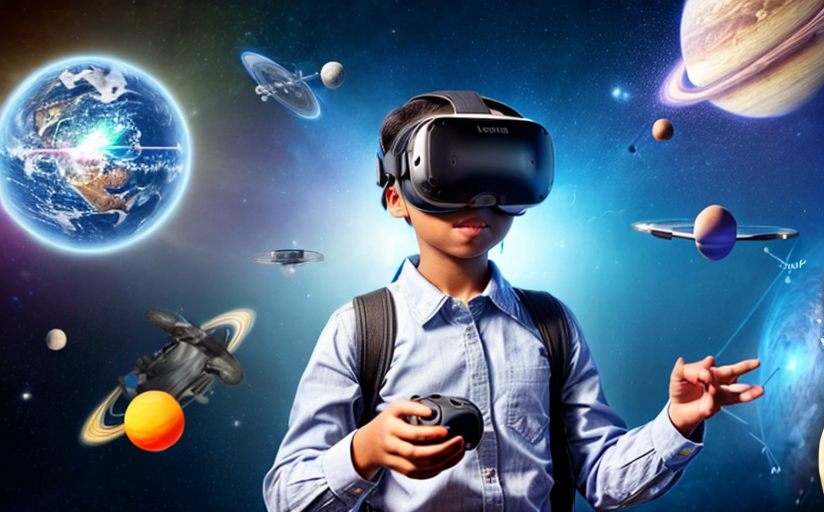


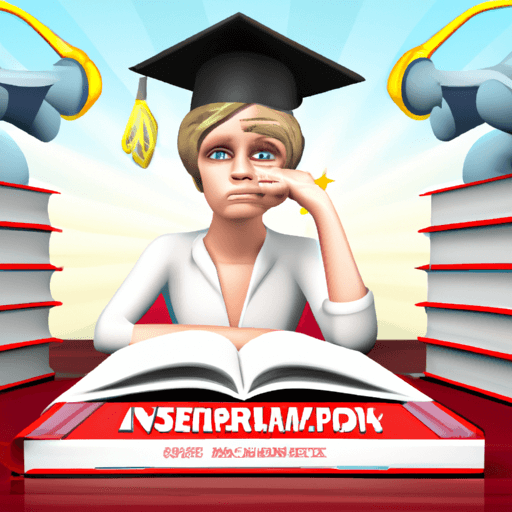
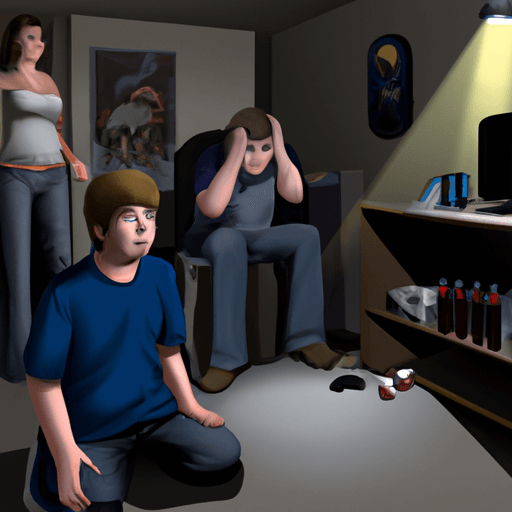
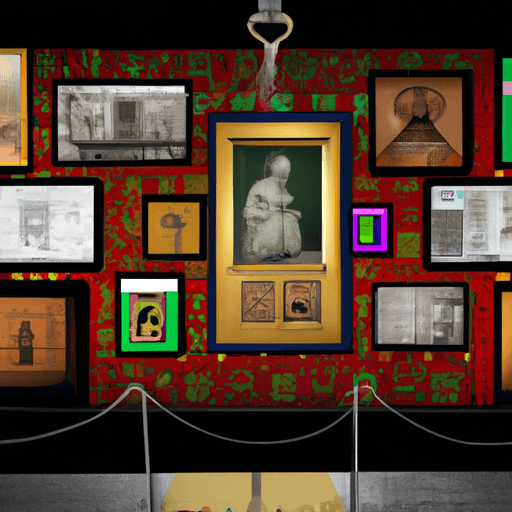
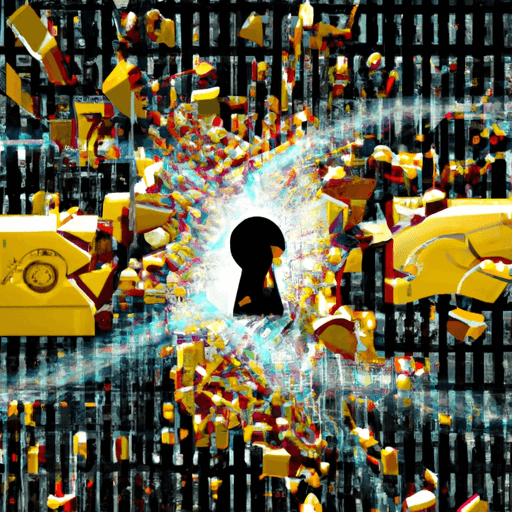


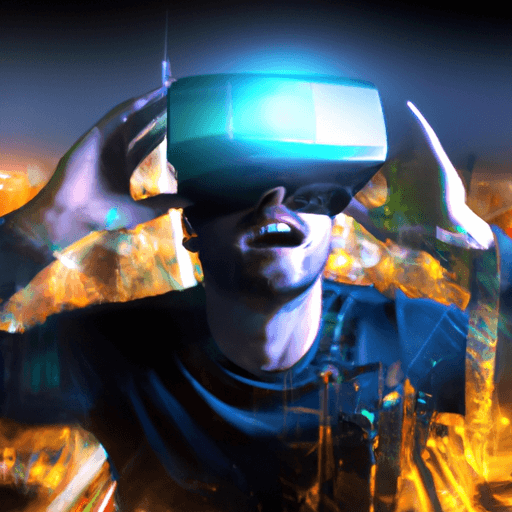


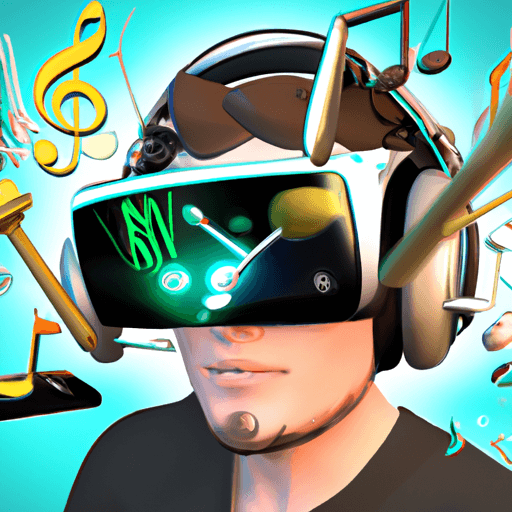


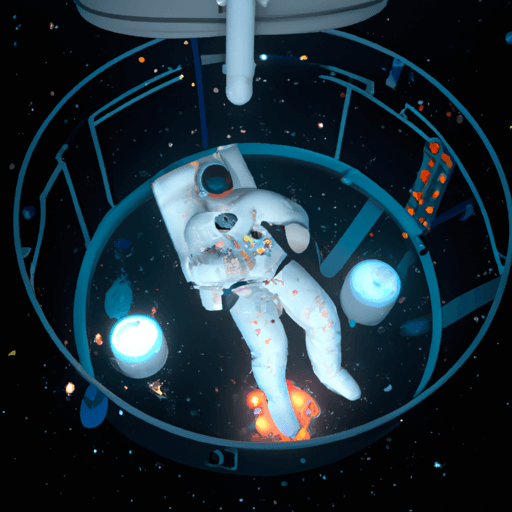
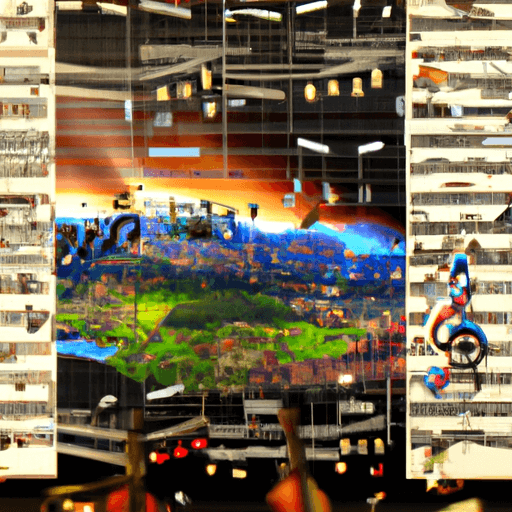

Comments
Leave a Comment